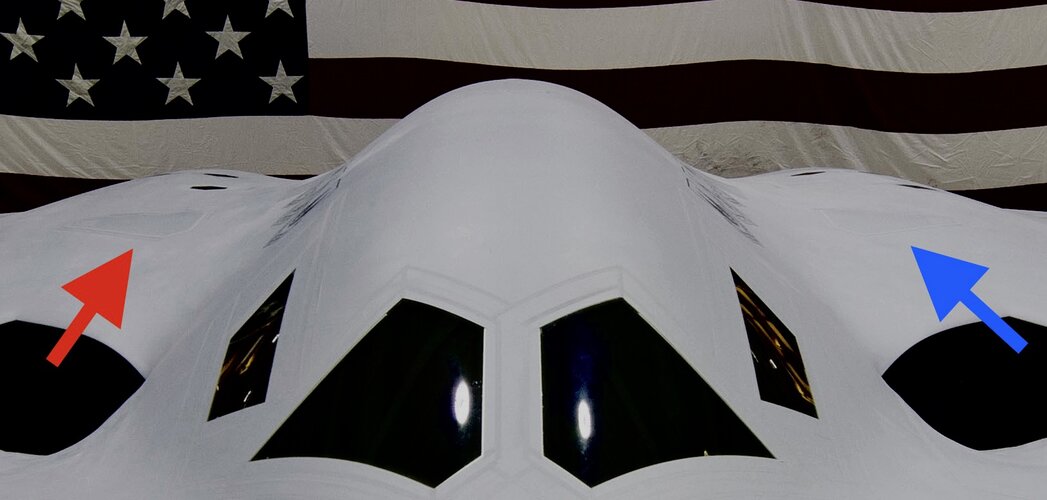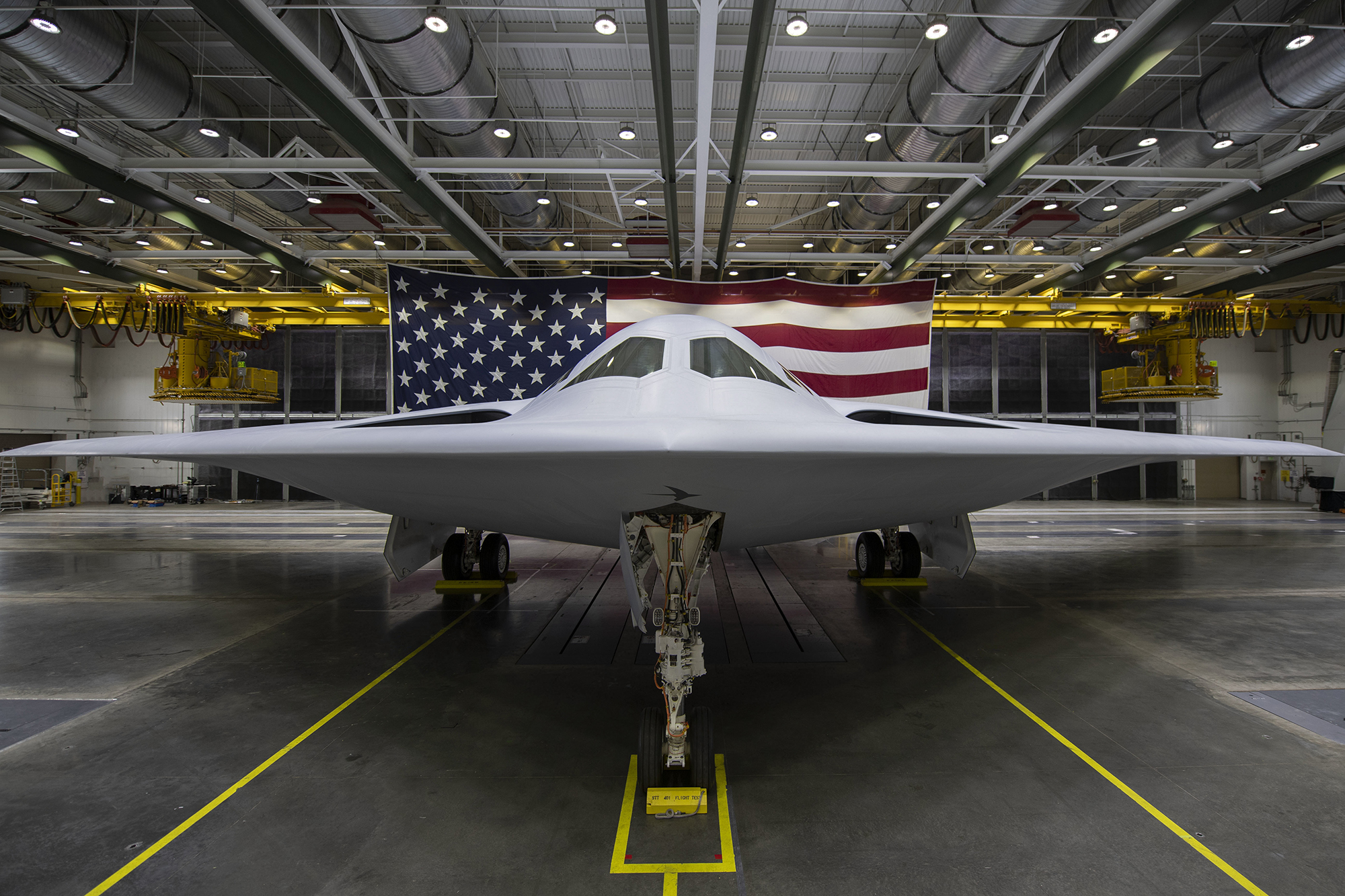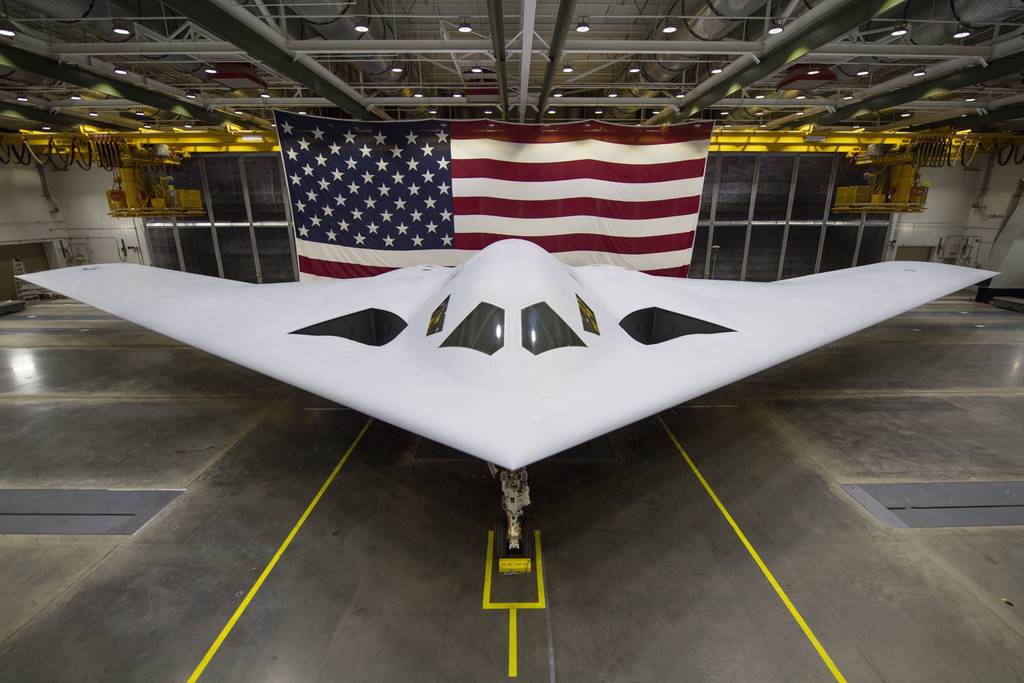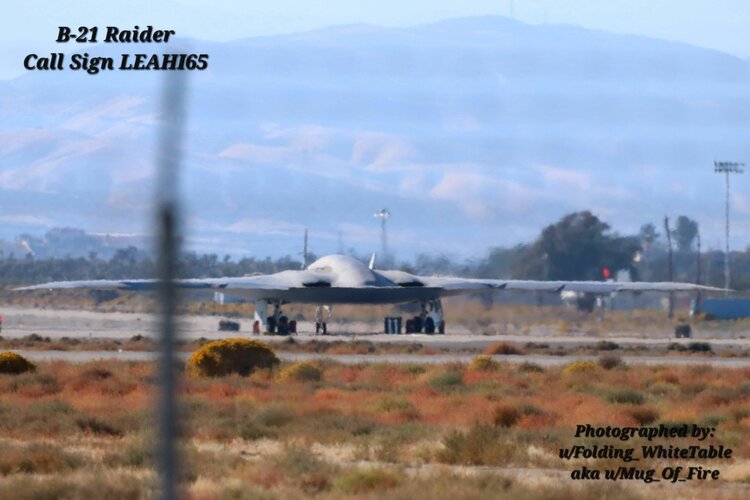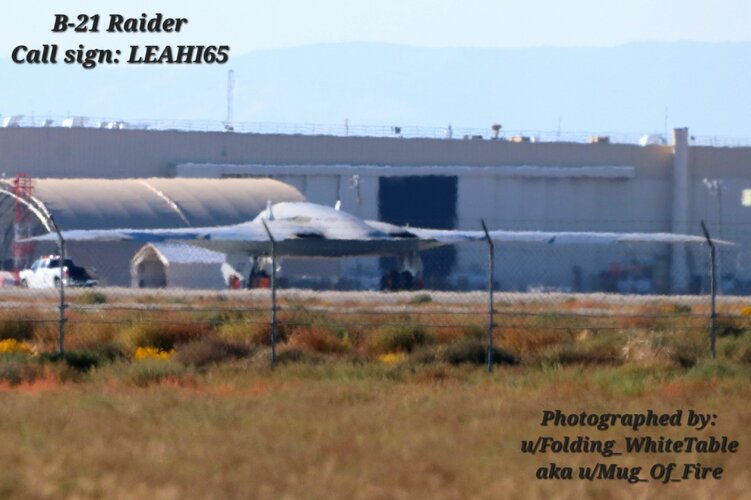- Joined
- 1 April 2006
- Messages
- 10,761
- Reaction score
- 6,854
Only one APU left on production B-2s as I know.
APU doesn't need inlet or exhaust door of such a coffee table size I think. Combining APU inlet with auxillary engine one would be good in terms of LO ...but who knows.
APU doesn't need inlet or exhaust door of such a coffee table size I think. Combining APU inlet with auxillary engine one would be good in terms of LO ...but who knows.

